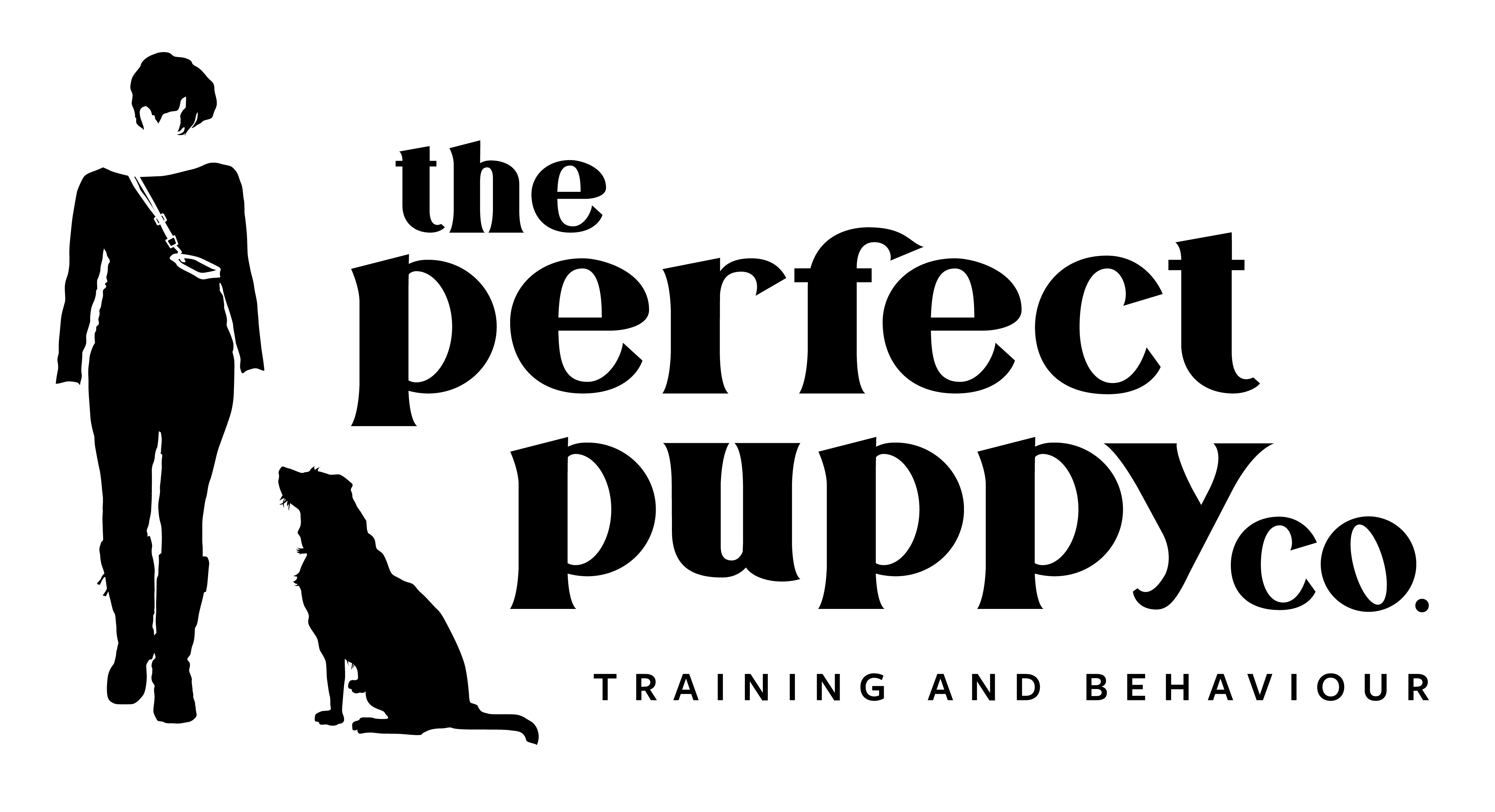Flexi Leads – Good or Bad?
Flexi leads. Almost universally hated by trainers but one glance around your local park will show many dog owners using them. And the laws of behaviour tell us that if behaviour persists it’s because it’s serving a purpose. So perhaps, rather than telling owners not to use them, trainers should teach owners who want to use them how to do so safely?
Owners like them because they’re convenient and easy. Trainers don’t like them because they often see them being used inconsiderately or dangerously. Who is right? Well…both!
So, do they have a place? And, if they do, how can they be used safely?
Not so useful for…
Personally, I don’t think they are a useful training tool. When you are teaching your dog how to move with you on a lead or how to recall to you then a fixed length lead or a trailing long line are far better tools. There are exceptions though and for someone with impaired mobility or dexterity a flexi may offer an alternative to a long line.
But just because they don’t make good training tools doesn’t mean they have no place at all!
Can be useful for…
A flexi lead allows a dog freedom in situations where a dog must be on lead, for example around livestock or where lead laws require it. It can be useful to allow controlled freedom to a dog who is still in training to prevent them making poor choices. I found a flexi useful when my last dog was in his senior years. He became deaf, slower and a little bit confused and would wander off in his own wee world but then struggle to return to us. A flexi gave him some freedom but kept him easily connected to us.
Yes, you could use a static long line in all these situations but they take skill & effort to manage and need to be continually let out and gathered in which takes two hands, requires a level of dexterity which not everyone has, gets old really quickly if you’re on a long hike in the hills, can be muddy & dirty and a long line isn’t suitable for every environment.
How to use a flexi safely…
The convenience of a flexi does come at a cost, though. If you are going to use one safely then you need to be environmentally aware! You can’t just walk through the park without a second thought while your dog wanders wherever they like within the length of the lead. Problems with flexis arise when people are oblivious to their surroundings. That’s when leads get tangled, when passers-by get caught up in the lead (with potential for injury) and when owners lose control because they’ve allowed their dog to get too far from them. As a trainer I give a very wide berth to the person with their dog on a flexi who is looking at their phone!
If you are going to use a flexi how do you do it safely?
- Be environmentally aware! There should be no one else within the perimeter of your circle and that takes active management and an awareness of your own movement, the movement of your dog and the movement of those around you
- Use a flexi with a tape, not a cord. If a dog gets up speed then grasping the cord is like grasping cheesewire…painful & dangerous!
- Use a hi vis tape to help those around you spot your lead
- ALWAYS have the lead locked beside traffic. We’ve all seen the dog walking 20 feet ahead of their owner on the pavement while traffic hurtles by 6 feet away. What control does that owner have if the dog decides to move into the traffic?
- Use a wrist safety strap attached to the lead casing to avoid the possibility of dropping the casing. If the noise of the casing hitting the ground spooks your dog and they bolt they now have a scary, noisy thing chasing them which they can’t outrun and panic can follow
- Use the correct lead for your dog’s size & weight. If in doubt, size up.
- Always attach to a harness, never a collar, for your dog’s safety
Flexis aren’t inherently bad. But they do have a bad reputation because they are sometimes used thoughtlessly and as a ‘sticking plaster’ for an untrained dog’s behaviour. They’re not an excuse not to train your dog and they need to be used mindfully and with an awareness of your surroundings to avoid causing problems, and possible injury, to others. If you do that then there’s no reason a flexi can’t be a useful tool in some situations.

